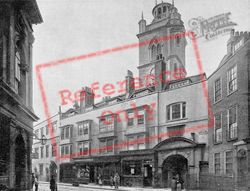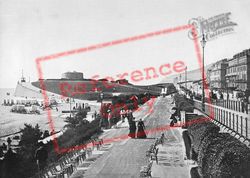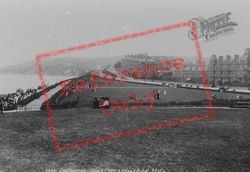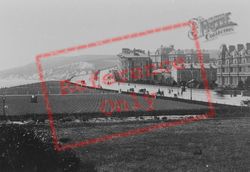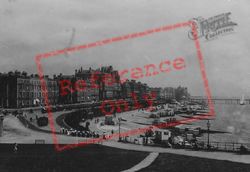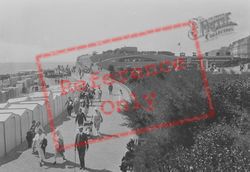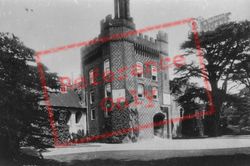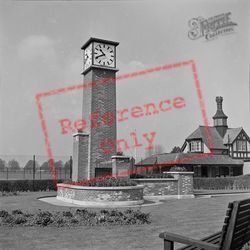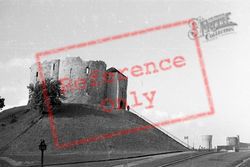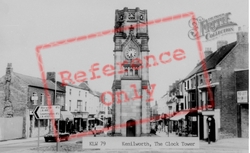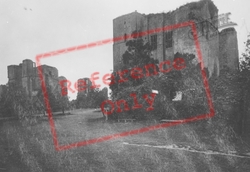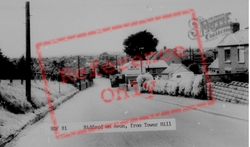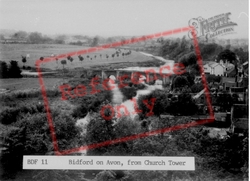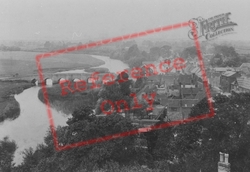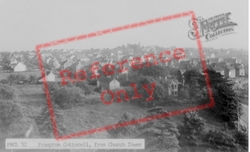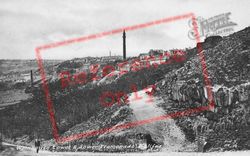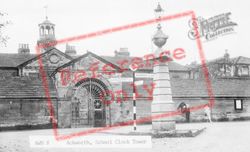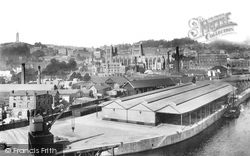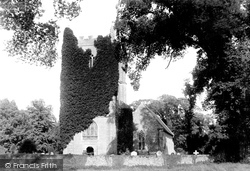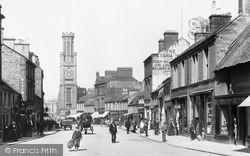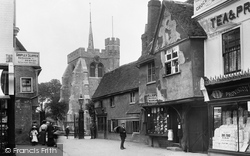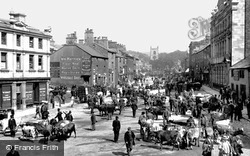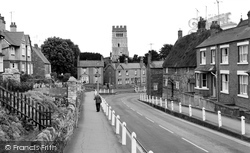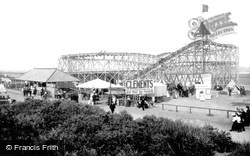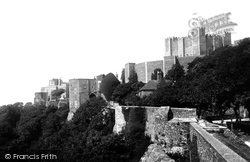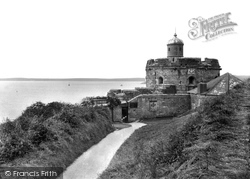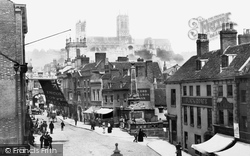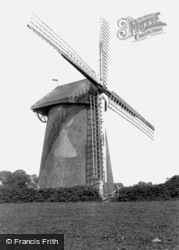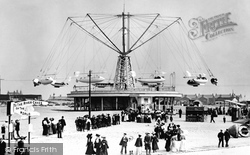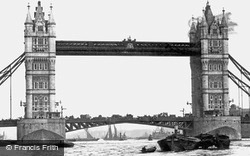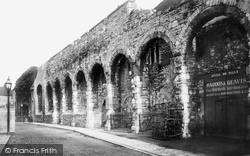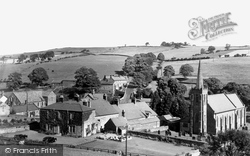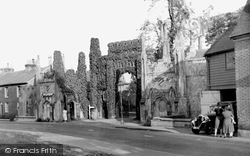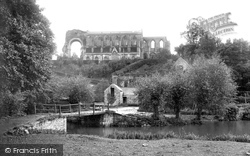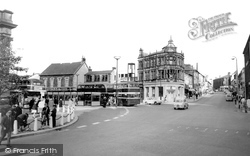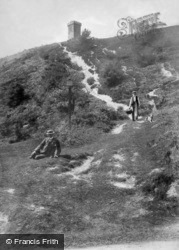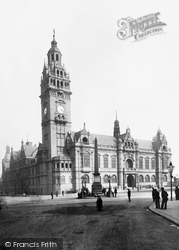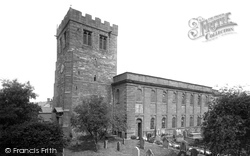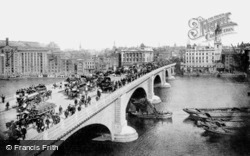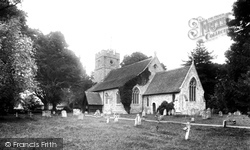Places
36 places found.
Those places high-lighted have photos. All locations may have maps, books and memories.
- Poplar, Middlesex
- Bow, Middlesex
- Bethnal Green, Middlesex
- Stepney, Middlesex
- Alton Towers, Staffordshire
- Isle of Dogs, Middlesex
- Limehouse, Middlesex
- Spitalfields, Middlesex
- Barjarg Tower, Dumfries and Galloway
- Bromley, Middlesex
- Stratford Marsh, Middlesex
- Tower Hill, Merseyside
- Tower Hill, Essex
- St George in the East, Middlesex
- Wapping, Middlesex
- Globe Town, Middlesex
- Old Ford, Middlesex
- Cubitt Town, Middlesex
- Tower Hill, Cheshire
- Tower Hill, Surrey
- Bow Common, Middlesex
- Mile End, Middlesex
- Millwall, Middlesex
- Ratcliff, Middlesex
- Warmley Tower, Avon
- Tower Hill, Hertfordshire
- Tower End, Norfolk
- Tower Hamlets, Kent
- Tower Hill, Devon
- Tower Hill, West Midlands
- Blackwall, Middlesex
- North Woolwich, Middlesex
- Hackney Wick, Middlesex
- Shadwell, Middlesex
- South Bromley, Middlesex
- Tower Hill, Sussex (near Horsham)
Photos
1,787 photos found. Showing results 1,581 to 1,600.
Maps
223 maps found.
Books
1 books found. Showing results 1,897 to 1.
Memories
637 memories found. Showing results 637 to 637.
Captions
3,007 captions found. Showing results 1,897 to 1,920.
Perched high on its hill in the background at left is the tower erected to commemorate John Cabot's voyage.
What remained of the old building was the brick west tower dating back to around 1635.
of the old town, although parts the former Greyfriars church of St John, where Robert the Bruce held a Parliament in 1315, are thought to date back to its beginnings.The 130 ft high neo-Gothic Wallace Tower
The 12th-century tower and spire of St Mary's Church viewed from the Market Place, a symbol of the mediaeval prosperity brought to this little town from wool-trading.
In the distance is the tower of Holy Trinity Church.
Called Earls Barton because of its connections with the earls of Northampton, it is mainly noted for its powerful Anglo-Saxon church tower, seen here dominating the view.
No doubt it looks tame to the present generation reared on the terrors of Alton Towers, but to a boy in the 1950s it was quite scary enough.
Henry II's great keep stands high above the mural towers of the inner bailey. Henry and his son Richard I transformed Dover into one of the greatest fortresses of the kingdom.
It has a central tower and three smaller lobes, so that from the air it resembles a clover leaf. The circular keep has four floors, and the approach from the landward side is by way of a drawbridge.
marvellously atmospheric view along the High Street looks across towards Lincoln's great medieval minster church which dominates the city and the countryside for miles around – the beautiful central tower is
This is a stone tower windmill with four common, cloth spread sails. It was winded by hand by means of an endless chain which hung from a chainwheel at the rear of the cap down to the ground.
Not to be left behind in any respect, Blackpool now has an Eiffel Tower of its own.
Where London’s other bridges are dignified and utilitarian, Tower Bridge, with its ‘daring majesty’ cocks a snook at Victorian formality.
walls and defences were built from stone brought across from the Isle of Wight.This must have been a huge operation, considering that there were one and a quarter miles of walls, seven gates and 29 towers
It consisted of an aisleless nave and a narrow west tower with an octagonal spire; the chancel was added in 1900.
These attractive ivy-clad ruins are not as ancient as they look: they are part of the castle constructed as a folly by Walter May along with his 170 foot high tower.
in 1539 by Henry VIII, it is said to have had a Gothic spire higher than that of Salisbury Cathedral and, according to a medieval manuscript, a flying monk called Elmer who flew from the tower
E J Riley's, once the towering giant of snooker and billiards and based in the town, had a shop on the left. They also made other sports equipment such as golf clubs and bowls.
The top of the tower, built by Richard Hull in 1766, gives those who climb the 75 steps to its battlements views that, on a clear day, are said to extend across a dozen counties.
The tower is 210 ft high and topped off with a bronze statue of Vulcan. In 1898 the city accountant broke the news to the rate payers that the building had cost over £182,000.
The square red sandstone west tower of St Andrew's Parish Church is Norman, and was part of the original church on the site.
To the right the tower of Wren's St Magnus the Martyr, and The Monument, erected where the Great Fire of 1666 started, are glimpsed between later office blocks.
The nave and aisles date from about 1210 with a later square-topped tower. Henry Burnaby Greene, Rector, diverted the road around a pseudo-Saxon cross by the rectory gate.
The church is 15th-century and built of Kentish ragstone, and its gargoyled tower is a landmark for miles around. The George Inn was begun in 1576 during the reign of Elizabeth 1st.
Places (38)
Photos (1787)
Memories (637)
Books (1)
Maps (223)


